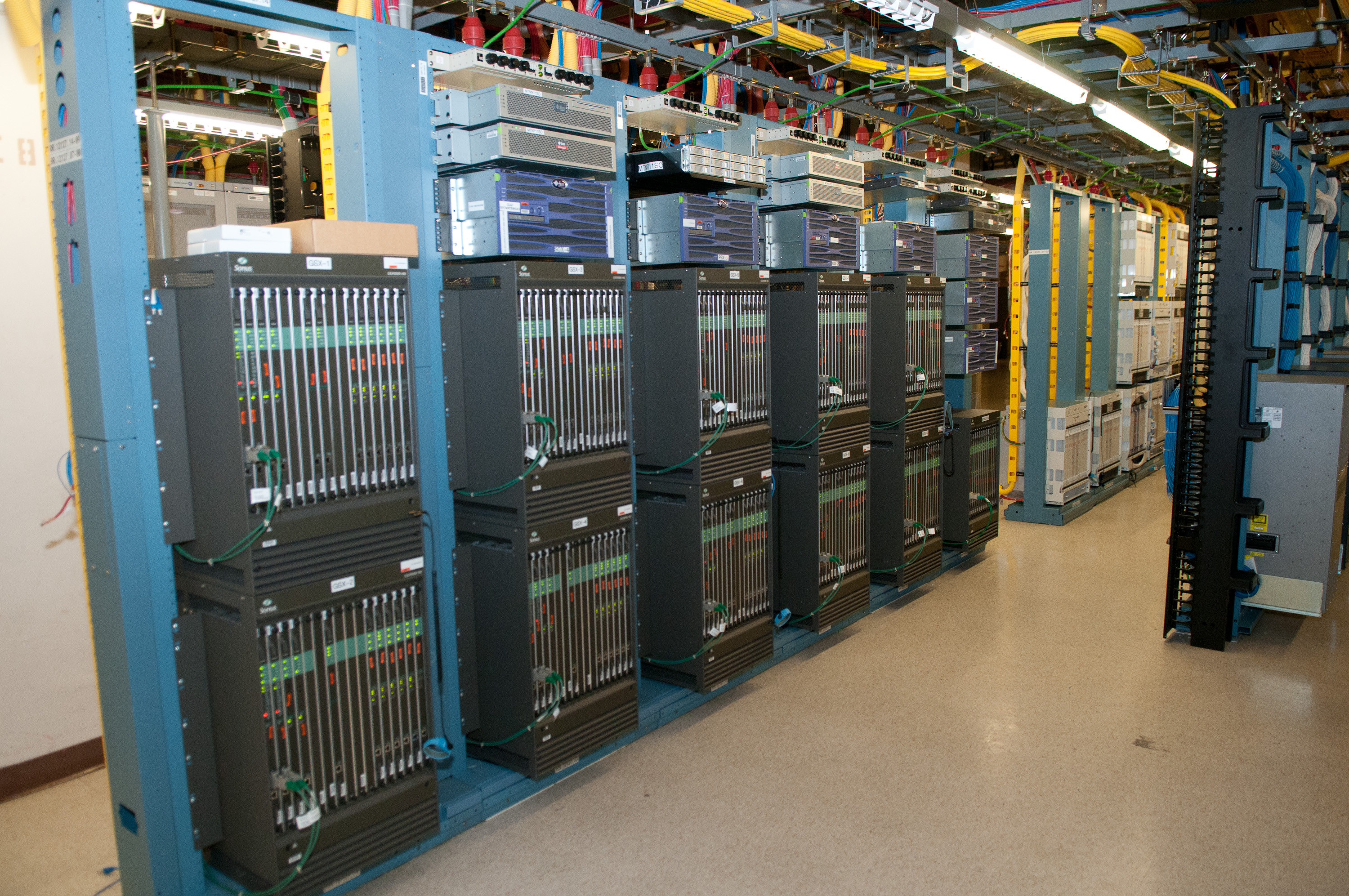For decades, the imposing, windowless structure at 33 Thomas Street has stood as an enigma in Manhattan’s Tribeca neighborhood. Built in 1974, this towering behemoth has piqued the curiosity of passersby, with few ever stepping inside and even fewer sharing what lies within its concrete walls. Now, a former steamfitter is breaking the silence, offering a rare glimpse into the unusual atmosphere of the “Long Lines Building” during the early 2000s.
Working within 33 Thomas Street, the steamfitter and his crew were tasked with installing wiring and pipes, navigating a labyrinthine interior where certain rooms were strictly off-limits. “There were rooms we couldn’t get into,” he recounted to the Daily Mail, “They specifically told us not to enter, and we couldn’t ask what’s inside or why we can’t go in.” This level of secrecy was unprecedented, forcing the workers to maneuver around these forbidden zones, adding to the building’s mystique.
 Steamfitter recounts his unusual experience inside 33 Thomas Street, a windowless skyscraper in NYC
Steamfitter recounts his unusual experience inside 33 Thomas Street, a windowless skyscraper in NYC
Adding to the intrigue, the steamfitter recalled an instance in the basement where they stumbled upon confidential documents detailing procedures for handling machinery during a radiation attack. This discovery aligns with a 2016 report by The Intercept, which identified 33 Thomas Street as the “NSA’s spy hub in New York, hidden in plain sight.” This report, citing documents leaked by Edward Snowden, suggests the building, also known as the Long Lines Building, operates under the code name TITANPOINTE.
Designed by John Carl Warnecke & Associates, 33 Thomas Street was conceived as a secure communications hub, fortified to withstand even an atomic blast. The windowless design, a stark contrast to typical skyscrapers, is a key feature of its security infrastructure. The Intercept’s investigation further revealed that 33 Thomas Street, while owned by AT&T, houses critical telecommunications equipment alongside sophisticated surveillance technology. This includes a major international “gateway switch” that routes calls between the United States and other countries, potentially allowing the NSA to tap into international communications from within the building.
 Security research center sign at 33 Thomas Street, also known as the Long Lines Building, raising questions about its true purpose
Security research center sign at 33 Thomas Street, also known as the Long Lines Building, raising questions about its true purpose
The heavy security and unusual design of 33 Thomas Street have fueled speculation about its true purpose for years. Beyond the steamfitter’s account and investigative reports, visual glimpses inside the building, like those captured by the New York Post in 2004, offer further clues. Images reveal rows of batteries, presumably backup power for uninterrupted operations, reinforcing the idea of a critical, highly secure facility.
The entrance of 33 Thomas Street itself is imposing and understated, lacking the typical welcoming facade of a commercial building. This reinforces the secretive nature of the structure, hinting at a purpose far beyond ordinary office space. The building’s reported ownership by telecommunications giant AT&T further complicates the narrative, blurring the lines between civilian infrastructure and covert government operations.
While AT&T and the NSA have been contacted for comment, the mystery surrounding 33 Thomas Street persists. The revelations from the former steamfitter, combined with investigative journalism, paint a picture of a building that is far more than meets the eye. It stands as a concrete monument to secrecy in the heart of New York City, prompting ongoing questions about its true role in national security and surveillance.
